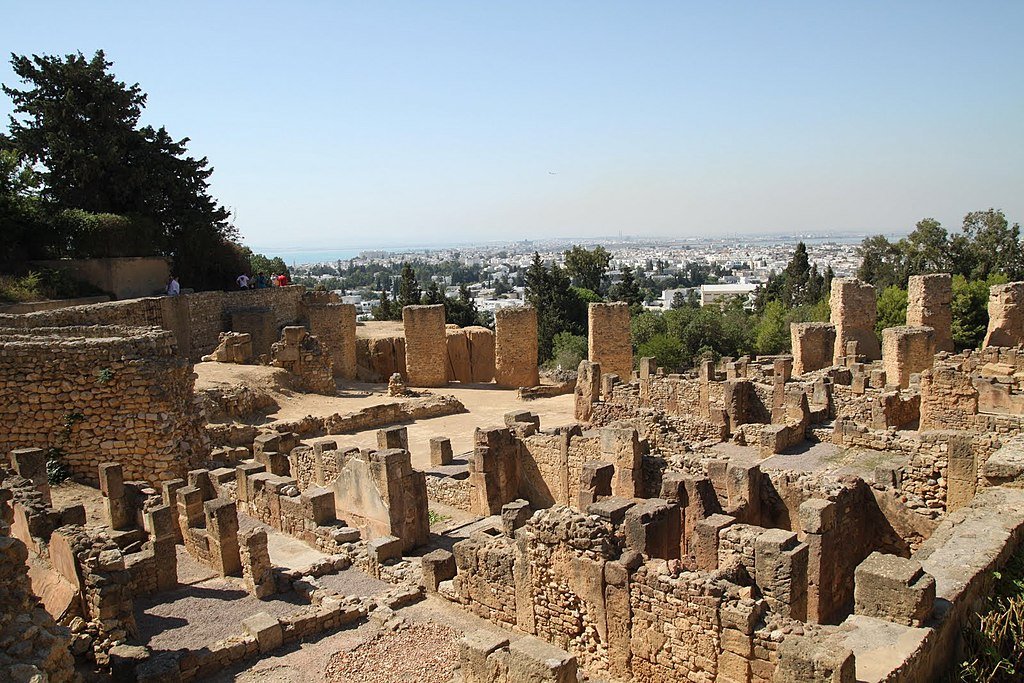How to Plan Your Carthage Vacation Itinerary – Visit Enthralling Ancient Ruins
Visitors to the city of Tunis should undoubtedly take the opportunity to experience the ruins of Carthage, an ancient city that was once counted among the most prominent cities of its time. Carthage was the capital of the Phoenicians, a civilization that rivalled Rome in its power and glory. Culture and history lovers will be enthralled by its ruins which you could experience as described below.

Image via Wikimedia Commons - Amilcar, Carthage, Tunisia - panoramio (15), CC BY 3.0
Climb up Byrsa Hill
You could commence your exploration of Carthage by ascending Byrsa Hill and taking in the expansive views. From here, you would be able to observe the entire surrounding area and its attractions. Beneath your feet, you will see the remnants of a residential neighbourhood where Carthaginians would have walked many centuries ago.Atop Byrsa Hill you will also find the engrossing Carthage Museum where you will encounter a selection of archaeological artefacts which were discovered amongst the ruins. The highlights here would include sarcophagi dating from ancient times, vibrantly coloured mosaics and a figure of the Roman deity Silenus. You will also find nearby L’Acropolium, a former cathedral that presents an interesting blend of Moorish, Gothic and Byzantine architectural motifs.
View the Antonine Baths
Amongst the most striking ruins to be seen at Carthage today would be the Roman-era Antonine Baths which were constructed by the decree of Emperor Hadrian but only completed when Antoninus Pius ruled the empire. Interestingly in these times, the baths happened to be the largest of their kind outside of Rome itself. Today, you will see that it would be mainly the bathhouse’s foundations which remain; however, visitors will enjoy exploring the remnants of the complex which include grass-covered arches as well as tunnels hewn from stone which the staff of the baths once used. You will also find a map that illustrates the layout of the baths during their heyday.
Admire the Roman theatre
Another highlight at Carthage would be the refurbished Roman theatre which stands here today. You will see that this attraction is for the most part a modern construction; just a little portion of it happens to be composed of the original stones from the 2nd century. However, this creation will provide a suggestion of the grandeur of the original structure many centuries ago. This theatre also happens to be the principal venue for the yearly International Festival of Carthage, an event that includes musical, theatrical and dance performances. A Tunis hotel to consider from which you could easily visit this theatre and other key sites here would be The Residence Tunis.
Observe the Roman villas
The residential locality that you will find in proximity to the theatre stands as a reflection of the riches and glory of the empire of the Romans. Taking pride of place here would be the rebuilt Villa of the Aviary; it is an impressive residence that features a courtyard ringed with columns and several floor mosaics as well as a terrace that offers stunning views of the Gulf of Tunis. This residence is so-called because of the immense mosaic to be found here which depicts fruit trees, ducks, squirrels, and birds resembling peacocks with long tail feathers.
Experience the Sanctuary of Tophet
Your tour of the ruins of Carthage wouldn’t be complete without experiencing the intriguing Sanctuary of Tophet where it is believed that sacrifices of animals and even children were made. Here, visitors will notice lichen-encrusted tombstones that happen to be inscribed with script and symbols; for instance, you will notice the sign of Tanit which is a representation of the principal Punic divinity. This site was initially excavated by archaeologists from France who discovered over 20,000 burial urns containing the remains of children; these findings suggest that this sanctuary would have been counted amongst the biggest cemeteries in ancient times.
